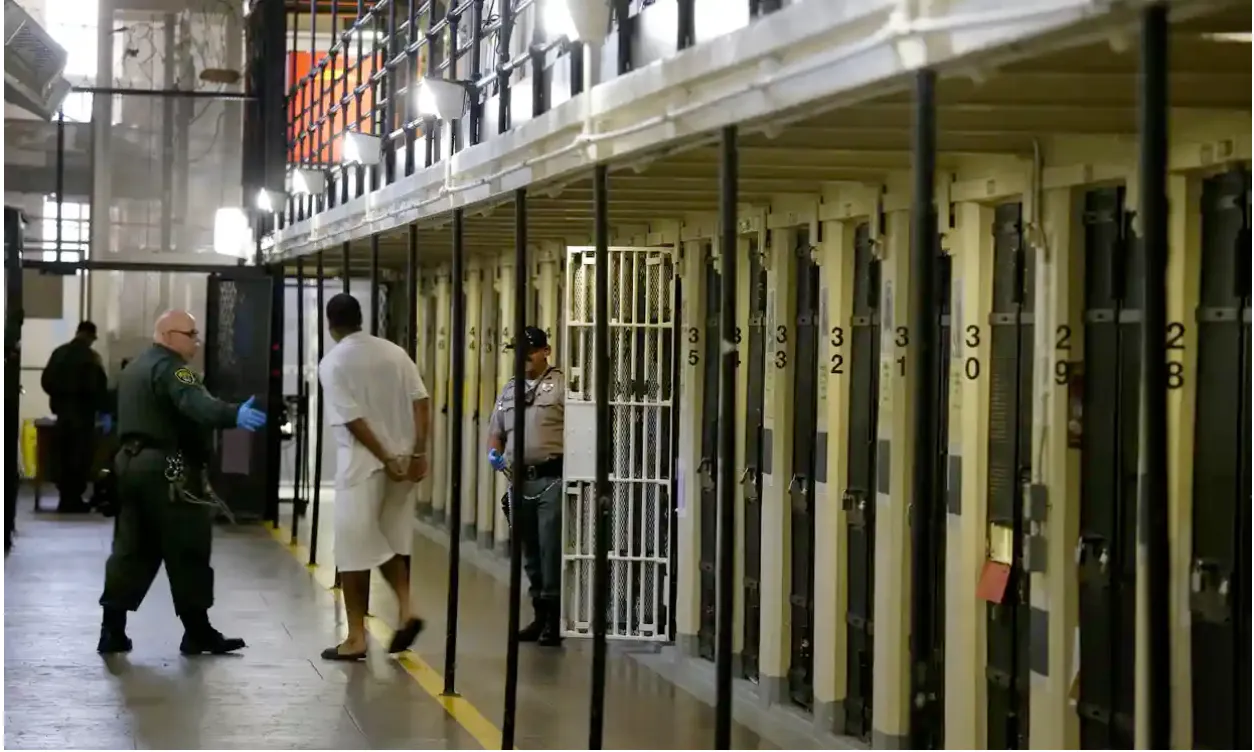Table of Contents
Sirhan Sirhan (Robert F. Kennedy’s assassin), Charles Manson, and Leslie Van Houten (a Manson follower) were all, at one point, condemned to death for their crimes. However, all eventually had their sentences commuted to life with the possibility of parole. Though Manson died in 2017, Sirhan and Houten were each recommended for release by California parole boards. The only thing keeping them in prison is Governor Gavin Newsom’s ability, and surprising willingness, to deny parole.
But what happens if the crime isn’t as infamous or the victim wasn’t a Kennedy?
The result might be much different: they may not sentence the perpetrator to life without parole, and some even walk free after just a few years.
Over the past five decades, California has experienced a slow liberalization of its criminal sentencing procedures, specifically for murder. What was once simply a creeping effort to abolish the death penalty is now an attempt to end sentencing enhancements and even life without the possibility of parole. Governor Newsom and progressive District Attorneys Chesa Boudin and George Gascón dream about a European-style approach to violent offenders. This will only further normalize criminality in a state where the murder rate increased by 30% in 2020.
Recently, Newsom announced a plan to transfer California’s most notorious inmates: the 673 men on San Quentin’s death row. He’s moving to dismantle the state’s death row and convert the space into “a positive, healing environment.” Newsom is using part of Proposition 66 (a ballot measure meant to speed-up executions) that allowed death row inmates to be moved for work. Under the plan, condemned inmates will be eligible to move to the general population, share cells with other prisoners, and access job opportunities.
A few have gotten a head start… A pilot program already transferred 116, or about 1 in 7, condemned inmates. From a cursory search of the California Department of Corrections and Rehabilitation’s (CDCR) website, those who’ve been relocated include Timothy Joseph McGhee (a gang member responsible for at least 12 homicides in 4 years) and Glenn Taylor Helzer (a cult leader who murdered five in a plot to take over the Mormon Church). Imagine being a lower-level offender, for example, a small-time drug dealer, housed in a cell with one of these men — that’s completely possible in this program.
Regardless of your views on capital punishment, this move should still be concerning. It may increase violence in an already dangerous prison system. There’s been a 44% increase in state prison homicides since 2001. Numerous high-ranking gang members are currently on death row, including several from the Mexican Mafia and Nuestra Familia, two of California’s dominant prison gangs.
There’s another reason to worry — inching condemned inmates towards life in prison increases the possibility for a commuted sentence. In 2020, Newsom commuted the sentences of several convicted murderers who were supposed to serve life without parole. Some California politicians have gone even farther… San Francisco District Attorney Chesa Boudin agreed to reduce the sentence of the only person on death row out of San Francisco county, Clifford Stanley Bolden, to life with the possibility of parole. Boudin’s comrade, and SF transplant, Los Angeles District Attorney George Gascón, also vowed to re-sentence all those on death row from LA.
Boudin and Gascón even refuse to seek sentencing enhancements for most cases. These enhancements add additional prison sentences for felony charges committed under certain circumstances (such as murder committed for a gang or charging minors as adults). Initially, Gascón stated he would never seek a special circumstance enhancement that could lead to a sentence of life without parole. He’s backtracked slightly from fear of his potential recall, and now believes in the “rare occasion” when it may be necessary.
These policies give murderers light sentences and leave families in the cold. Because Gascón refused to present evidence at a hearing for a convicted murderer (age 17 at the time of the crime), the state released him after serving only 6 years of a 50-year sentence. One of Boudin’s campaign promises was to never charge minors as adults, regardless of the crime. The father of a murdered SF six-year-old slammed Boudin after learning one of his son’s killers (a 17-year-old) faces a maximum of eight years behind bars. He said Boudin’s campaign promises do not protect San Franciscans, they “only allow criminals, and murderers, to return to the community.” These sentence reductions are not a question of guilt or innocence — we already know that the perpetrators are guilty. Yet this is what soft-on-crime politicians see as a more fair and equitable system.
What could be next for California’s criminal sentencing laws?
Bill AB1224, introduced to the state legislature last year, would allow judges to reduce death or life without parole to life with the possibility of parole. If an inmate served at least 20 years with no acts of violence, then the judge would be required to reduce the sentence. Although complete elimination of the “three-strikes” law (which allows those convicted of three violent felonies to receive life sentences) or life without parole must be done via ballot measure, a state criminal justice panel is taking aim at both. The panel wants to change sentencing guidelines, so these sentencing enhancements are more difficult to add. Keep in mind, the two-year recidivism rate for California felony offenders is 66%. Though Newsom, Boudin, and Gascón repeatedly lob accusations of inequitable sentencing, they rarely mention safety.
Although Newsom survived his recall, perhaps Boudin and Gascón won’t be so lucky… The death penalty in California may be a moot point, but the punishment of the state’s most violent offenders should not be — it is time to dump politicians that allow convicted murderers to walk free.





